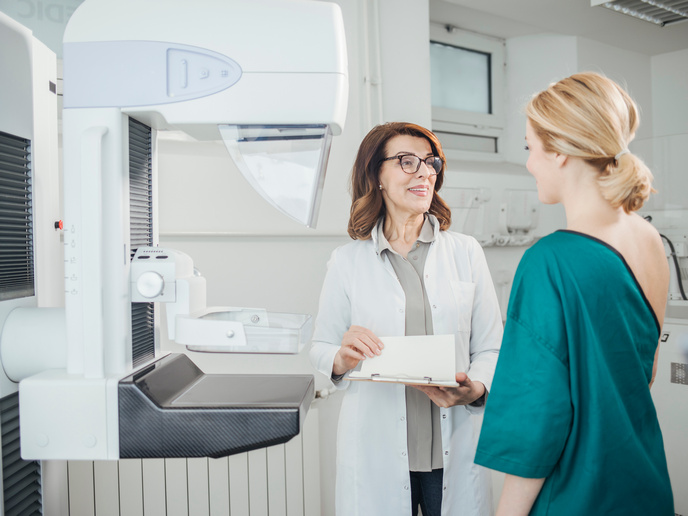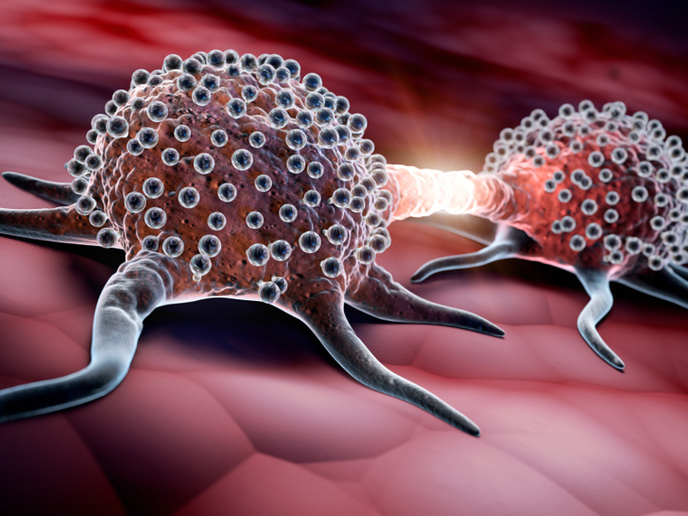Simultaneously diagnosing and treating cancer
Aside from the impact on patients, cancer places a heavy burden on caretakers and healthcare systems worldwide. As the population ages and diagnostics improve, the recorded incidence is expected to continue increasing. Development of targeted therapies is a critical yet challenging task. Many agents successful in vitro have limited efficacy in vivo due to inability to reach the treatment site (targeted location). Increasing the dose in an effort to compensate often leads to side-effects and other complications. NANOTHER, an EU-funded project, addressed this issue using functionalised nanoparticles (NPs) for diagnosis, therapy or both. The NPs incorporated targeting molecules (such as antibodies), contrast agents or fluorescent labels and currently used drugs. This enabled binding of NP’s to cancerous cells for detection and imaging of tumours followed by release of pharmacological agents at the site. Throughout the project, comprehensive effort was focused on determining NP efficiency and toxicology. The scope of the project in terms of the types of cancer addressed and the types of drugs used was quite broad. Continued research is needed to fully evaluate efficacy of the various combinations in vivo and pre-clinical trials are currently underway. Nevertheless, NANOTHER has made a significant contribution to the transformation of EU medicine and related industries from resource-intensive to knowledge-intensive. Partners have delivered technology and scientific data valuable in their own right that will positively impact EU competitiveness in numerous related fields. These could also be of critical importance in the detection, diagnosis and effective treatment of cancer. Outcomes are thus expected to benefit the health of EU citizens as well as economy.







